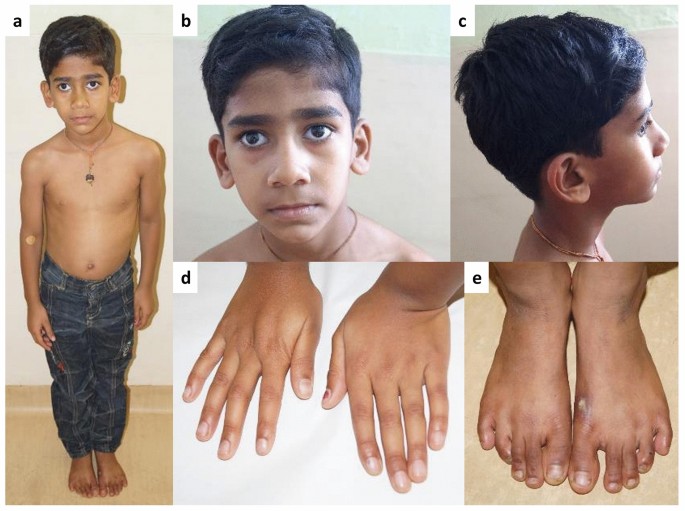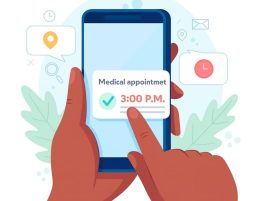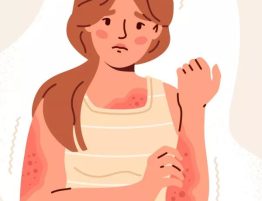
What is marfan syndrome?
This is an inherited connective tissue disorder that affects normal body growth. It can affect the entire body, including the:
- organs,
- skeletal system,
- skin,
- eyes, and
- heart
Threat on having a Marfan Syndrome:
- damaging the aorta
- rupturing the inner layers of the aorta may result to dissection that leads to bleeding in the wall of the vessel
- Aorta dissection is life-threatening
Causes:
- genetic or inherited disorder
- The genetic defect occurs in a protein called fibrillin-1, which plays a large role in the formation of the connective tissue. The defect also causes overgrowth in bones, resulting in long limbs and significant height.
There’s a 50 percent chance that if one parent has this disorder, their child will also have it (autosomal dominant transmission).
However, a spontaneous genetic defect in their sperm or egg can also cause a parent without Marfan syndrome to have a child with this disorder.
Symptoms:
Marfan syndrome features may include;
- Tall and slender build
- Disproportionately long arms, legs and fingers
- A breastbone that protrudes outward or dips inward
- A high, arched palate and crowded teeth
- Heart murmurs
- Extreme nearsightedness
- An abnormally curved spine
- Flat feet
Diagnosis:
Marfan syndrome is based on a clinical diagnosis. A multidisciplinary approach is necessary to make the diagnosis because multiple organ systems must be assessed. Members of the team will assess the eyes, heart and blood vessels, spine and skeletal system.
A thorough history of symptoms and information about family members that may have had related problems are also necessary.
Other tests, such as chest x-ray, electrocardiogram (ECG) and echocardiogram (an imaging procedure that uses high frequency sound waves to produce a moving picture of the heart’s valves and chambers) will be used to evaluate changes in the heart and blood vessels, and detect heart rhythm problems.
Treatments:
Marfan syndrome requires a treatment plan that is individualized to the patient’s needs. Some people need regular follow-up appointments with the doctor, and during growth years, routine cardiovascular, eye, and orthopedic exams.
Others may need medications or surgery. The approach depends on the structures affected and the severity.
When to see a doctor?
For more information, Almurshidi Medical Agency is here to provide you the best hospitals and doctors in Bangkok.
Call : +66822004040
Whatsapp : https://wa.me/66822004040








